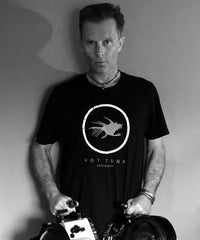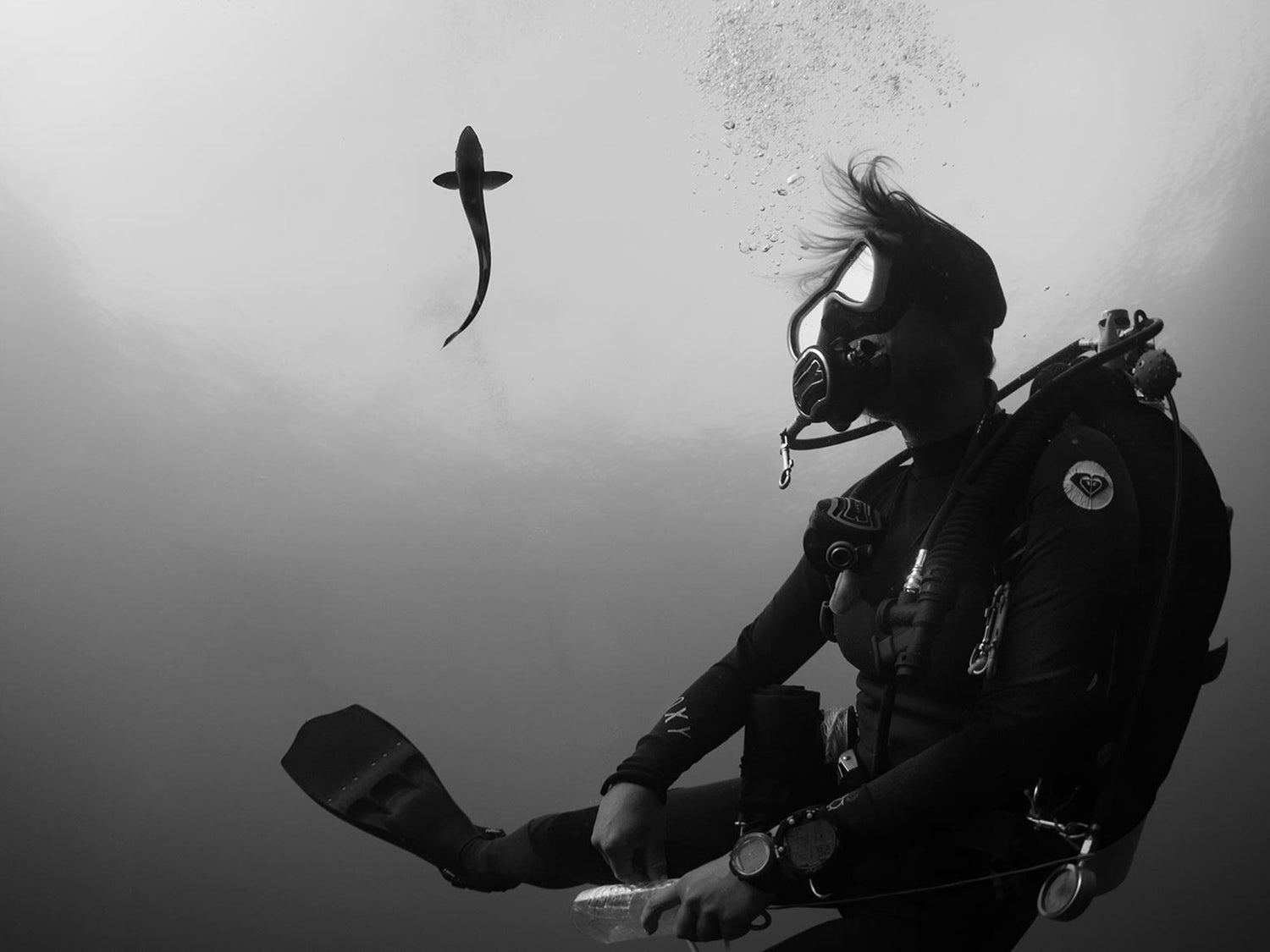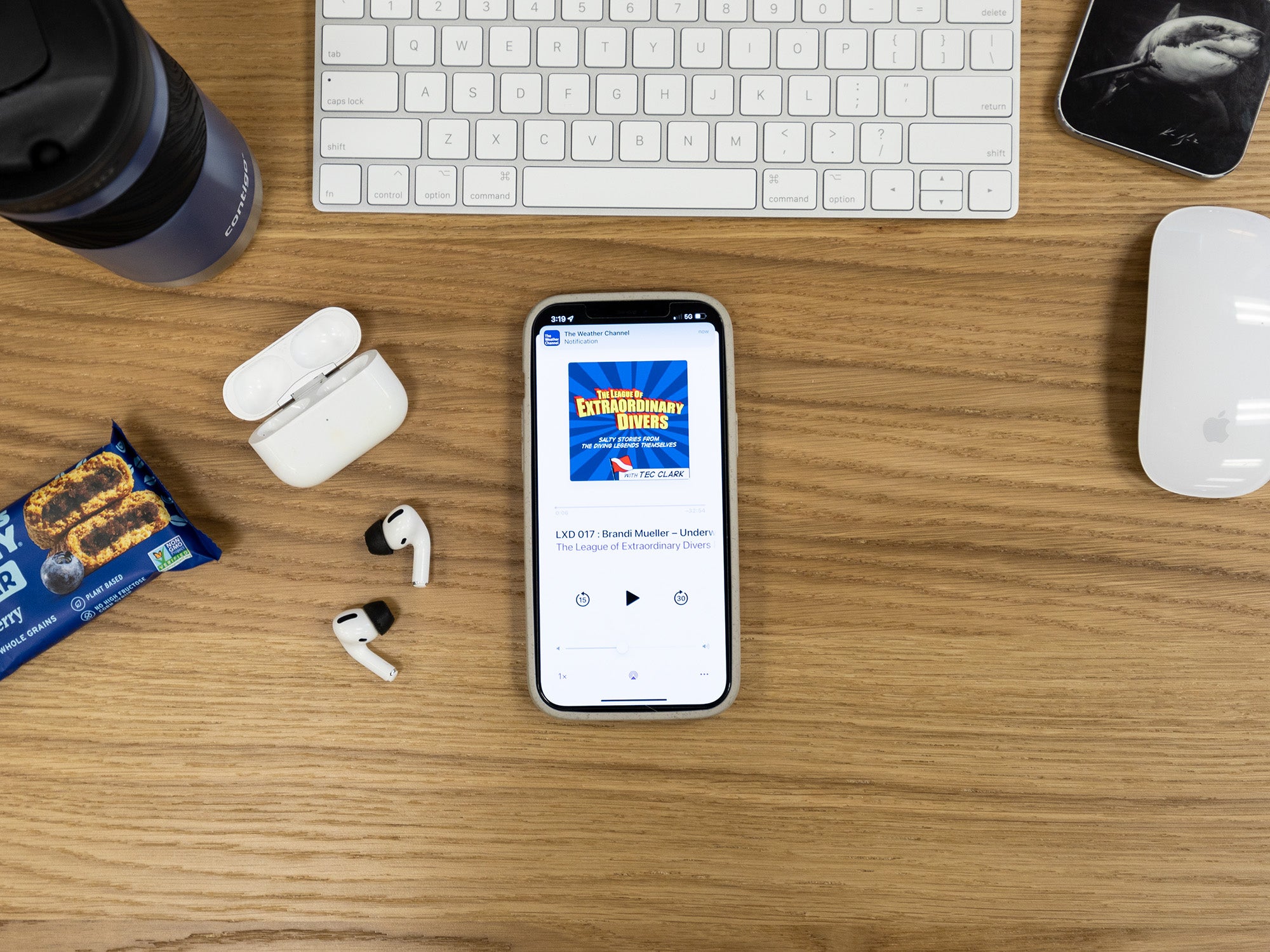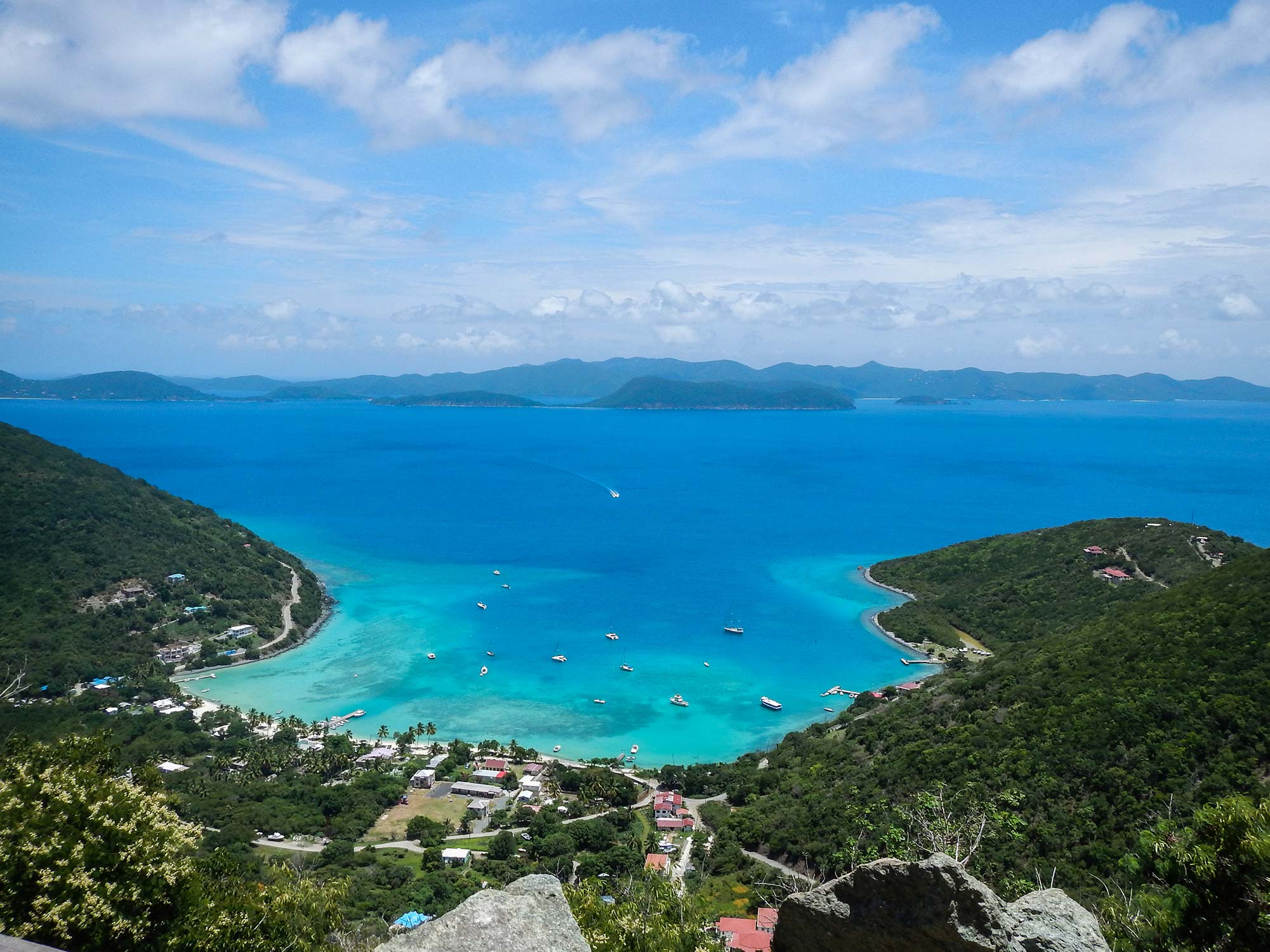Ikelite Ambassador Matt Jacobs was recently made a fellow of the historic Royal Photographic Society. We got a chance to catch up with him about the process and what he's up to next.
All images © Matt Jacobs

Congrats on your RPS Fellowship! Can you tell us a bit about it?
Thank you! The RPS is the oldest and most prestigious photographic society in the world and a fellowship is the highest accolade and is not easily achieved.
One has to submit 20 printed and mounted images that are heavily scrutinised by the fellowship panel. The images must:
- Show a cohesive body of work that depicts and communicates the aims and objectives set out in the statement of intent.
- Display a body of work that communicates an individual's vision and understanding.
- Show the highest level of technical ability using techniques and photographic practices appropriate to the subject.
- Show an appropriate and high level of understanding of craft and artistic presentation.

The images are also appraised on the body of work as a whole and how they are curated so it was vital that the images hung together as a cohesive piece of work rather than disparate images.
To have a distinctive body of work is hard. It’s not enough to merely have excellent photographs.
A print specialist first appraises the images to advise the panel if there are any printing errors so it was critical to ensure the printing was flawless.
What was your Statement of Intent?
The Monochrome SeaStripping one of the most colourful environments on earth of its colour may, on first impression, seem perverse. My position however is that in presenting the underwater world in black and white, an element is added rather than taken away. Shipwrecks take on an ethereal, ghostly presence as if time is standing still for them, a warship stands by in eerie readiness even though its back lies broken. Dolphins and sharks take on a muscular beauty with the highlights and shadows accentuating their effortless presence and grace. Silhouettes, shafts of light and shimmering bubbles are revealed once the veil of colour is lifted.
Underwater photography is fraught with challenges, limitations and dangers. In overcoming these, my aim is to not only bring to the surface a vision of a world that few have experienced, but to provide my galleries and collectors with another dimension that is otherwise hidden by colour.

Tell us a bit about the images. Where were they taken, equipment used, etc.?
All the images were shot in the Egyptian Red Sea and The Maldives diving from liveaboards. The were all captured using either the Panasonic LUMIX GH3, GH4, or GH5 using a 7-14mm rectilinear or 8mm fish eye lens and all of course in Ikelite housings. All were shot using ambient light.
They were all shot at various depths from a few metres below the surface to around 30 metres down for some of the shipwreck ones.

My personal favourite and one of my best selling images is the girl under the boat one. The girl in the image is Yara, the niece of my good friend Ahmed, a liveaboard owner. I asked if she could swim under the liveaboard for an idea I had. She replied she would try but it be would be hard as the current was raging. She also had no weights on and with the Red Sea having a higher salinity content than other seas this made it harder still hard to get under the hull. She bravely fought against the the current and on surfacing I asked her if she could do it again for safety. “No way,” came the answer. I got the shot though and this image now hangs all over the world.

Was there a formal in-person ceremony full of pomp and circumstance?
I didn’t attend the panel process at the RPS headquarters no, I was invited to watch it live on Zoom however but I just couldn’t bare it. The anxiety and tension would have be too much watching my images being scrutinised!
I merely paced the room at home waiting for the email which finally arrived saying I’d been made a fellow.
Part of me regrets that now as it would be good to hear what the panel actually said.

How did you choose the images you selected for your submission?
This was difficult. At first I started to select images that sell well as I thought that would be a good gauge, but as I looked at them they didn’t feel right. They didn’t make me feel good about presenting them.
I then decided to select images that were personal to me and that I had a connection with, images had a back story, a passion within them.
As mentioned previously, they to all had to hang together as a whole so this also influenced the choice. I then had little thumbnails of the images printed and moved them around on a board until I felt they flowed and told a coherent story.
Ultimately once I’d let go of worrying about selecting images for other people and concentrated on what pleased me I became liberated and the process became easy.

Our audience should know that while you're a very accomplished underwater photographer you're also an equally prolific underwater videographer.
Film making is more of a passion than stills photography for me. I’m ashamed to say it, but I probably can’t name more then 10 famous photographers but I have an encyclopaedic knowledge of film directors, cinematographers and cinema in general.
There’s no photographer that really influences me or my work but my stills work is heavily influenced by film and film directors so I always want my still images to have a drama about them, something different, a wow factor, something that could be on a movie poster or an album cover. This holds true whether I’m shooting underwater or topside.
It’s one of the reasons I choose to use the LUMIX GH series underwater, I can effortless switch from stills to world class video at the flick of a switch.

How long was the entire process from photographing the images to submission to acceptance?
The images I already had on computer, they just had to be selected. I’m lucky in the fact that I have a lot of images to choose from. Some people struggle to assemble 20 really good images that are not repetitive and that can make the selection process tough as you need to be brutal and only choose the very best images. The whole process took around six months, which included
some advisory sessions, but the printing took time. I had to select the very best fine art paper that suited the images and to make to sure the mounts flattered the images.
The mounts all had to be the same size but the prints were not all the same size. I handed this logistical nightmare to my trusted framer. One or two had to be redone but all was good in the end. It was an expensive process to have 20 large images professionally printed and mounted.
I couldn’t entrust a courier with this precious cargo so I jumped on a train and took them the 150 miles from London down to the RPS headquarters in Bristol.

What does this fellowship mean to you?
For me, it means a lot. It’s the highest accolade. More than any competition because there is more than one image being appraised. 20 printed images all being analysed and then appraised as a singular body of work. By a panel who are all fellows themselves, huge talents in their own right and experts in their field.
This would have meant the world to my father, he was a keen photographer who won awards in the 1950s. Sadly he was killed in a road traffic accident 3 years ago so he never got to see this. I dedicate this to him.

What are you working on next?
I’m doing an expedition in July to South Africa to hopefully film the Sardine Run.
This is the worlds biggest animal migration rivaling the wildebeest migrations. It's one of the most amazing spectacles in the animal kingdom and takes place off the KwaZulu Natal coastline. Millions of sardines migrate north, following cold winter currents toward the warm Indian Ocean, it attracts thousands of marine predators - dolphins, sharks, seals and game fish, even occasional orcas and whales. There will be microlights spotting the shoals of sardines to guide the boat and then hopefully drop me in the middle of the bait ball to film the action.
I’ll be using the new LUMIX GH6 in the new Ikelite housing.
All images © Matt Jacobs
 Ambassador Matt Jacobs learned to dive in the Philippines while he was traveling around the world extensively as a photographer in the late 90's. It was only natural to combine his passion for photography with his love of the water. Egypt is now his spiritual home with a special fondness for the Red Sea. Matt is a Panasonic LUMIX Ambassador and his work has been published and sold as fine art internationally. Read more...
Ambassador Matt Jacobs learned to dive in the Philippines while he was traveling around the world extensively as a photographer in the late 90's. It was only natural to combine his passion for photography with his love of the water. Egypt is now his spiritual home with a special fondness for the Red Sea. Matt is a Panasonic LUMIX Ambassador and his work has been published and sold as fine art internationally. Read more...
Additional Reading
Under Pressure | The Art of Underwater Filming with Matt Jacobs [Video]
The Making of The Rapture of the Deep with the Panasonic GH5 [Video]
The Hypnotic Sea | Bursting with Life in the Post-COVID Red Sea [Video]
British Photography Awards 2020 Shortlist
Dolphins and Rays in the Red Sea with the Panasonic GH5 and Trim Weight System













